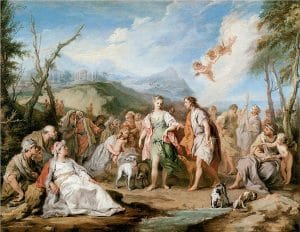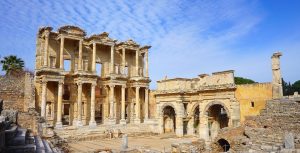Blog Titles
ToggleSlavery in Ephesus in the Hellenic and Roman Periods
The word Slave in our time comes from the Slavs who were taken captive in the medieval period. The word rob, which means slave in the Slavic language, is the origin of the word robot. In addition, the word robota in the old Slavic language means always working, compulsory service.
Slavery in Ephesus
The history of slavery and meaning
In the ancient city of Ephesus, slaves were called dmos during the Hellenistic period. The meaning of the word dmos was more like the spoils of war (meaning property). As we learn from the ancient Mycenaean civilization, doero was used for men and doera for women in slavery.
The slavery debate has always been a problem among many famous philosophers and intellectuals. The word meaning of famous Izmir writer Homer (Symrna), who lived in Anatolian lands, was a slave. While Aritotales, the famous Greek philosopher of the time, supported slavery and slave ownership, the Stoics were against this idea.

There has been slavery in the society of Ephesus and from the first establishment of the ancient city of Ephesus. Ancient sources inform us that Homer had 1 slave and Hesiod had 9 slaves. The business of a free man in the archaic era was to hunt and raise animals, as well as to fight and kidnap people and sell them into slavery. The most common slave traders of the time were the Lycians and the Carians, terms of buying and selling slaves. In later periods, the Etruscans were also involved in this competition.
Slaves were generally acquired from captives taken from the war, by the transition of people into slavery due to poverty, by abandoning the unwanted child by the family, by leaving the children born out of wedlock on the street, or by stealing and selling people.
If the captives did not pay a certain ransom to regain their freedom, they would become the slaves of their captors. When a city was conquered, those who were not killed were driven to the slave market and sold there.
The biggest sale in this style was made by Alexander the Great. Alexander the Great, who conquered the city of Thebai, burned the entire city except for the house of the poet Pindar, and sold 30,000 people, mostly women, and children, to 440 Talente. (1 Talent = 26,193 kg of silver) Another area where slaves were supplied was piracy. Piracy, which we can call maritime banditry, always brought new slaves to the slave markets.
The Cilician pirate Zeniketes sold the people he had captured by piracy in the Mediterranean in the 1st century BC by auction in the cities of Side and Phaselis. Stealing and selling people was very common throughout antiquity. Especially children and famous people were victims of this style. Apart from these, those who could not pay their debts were enslaved to their creditors by court decisions.
Slavery in Ephesus during the Hellenic period
From the 5th century BC, slaves had become a source of livelihood in Ancient Ephesus. The most well-known slave sales center of the Archaic and Classical ages was the ancient city of Sardis in the Lydia region of Anatolia. Slaves were legally the property of their masters. The master could sell, rent, gift, or even punish the slave for his benefit. Even masters had the right to kill their slaves in Homer’s time. At the end of the 6th century BC, this right was taken from the lords.
Slaves were sold in agoras. Slaves were sold in bulk and half-naked. The age of the slave, a malfunction in his body, and his abilities were written on a plate hanging around the neck of the slave who was put up for sale. The seller had to give the buyer all kinds of information about the slave.
If, after the sale, it turned out that a limb of the slave was broken and this matter was not notified to the buyer by the seller, if the information on the plate hanging around the slave’s neck was not correct, he could return the purchased slave and get his money back.
Slaves were employed as butlers in homes, workers in mines, assistant workers alongside artisans, farmers in fields, babysitters, and foster mothers or pedagogues in homes. Slaves captured in war were often employed in mines. It was very rare for them to be employed as servants in the households. Such slaves would be extremely dangerous because of their vengeance.
In the classical period, in the city of Ephesus, as in other ancient cities, the slaves were free in their beliefs.

They were not mistreated unless they did a bad deed. However, slaves who escaped or tried to escape were severely punished, and a visible part of their bodies would be branded because they escaped or attempted to do so. Slaves could marry and have children with their master’s permission.
However, the child born was considered the slave of his master. These types of slaves were mostly preferred for housework. It was considered natural for their masters to have sexual relations with their slaves. If a slave had a child from the master, the child would continue to live as the master’s slave.
It has been seen that some masters from time to time freed slaves who showed great loyalty to them. There were state slaves as well as private slaves. They were employed as the city council, the council of elders, and the assistants of the officials.
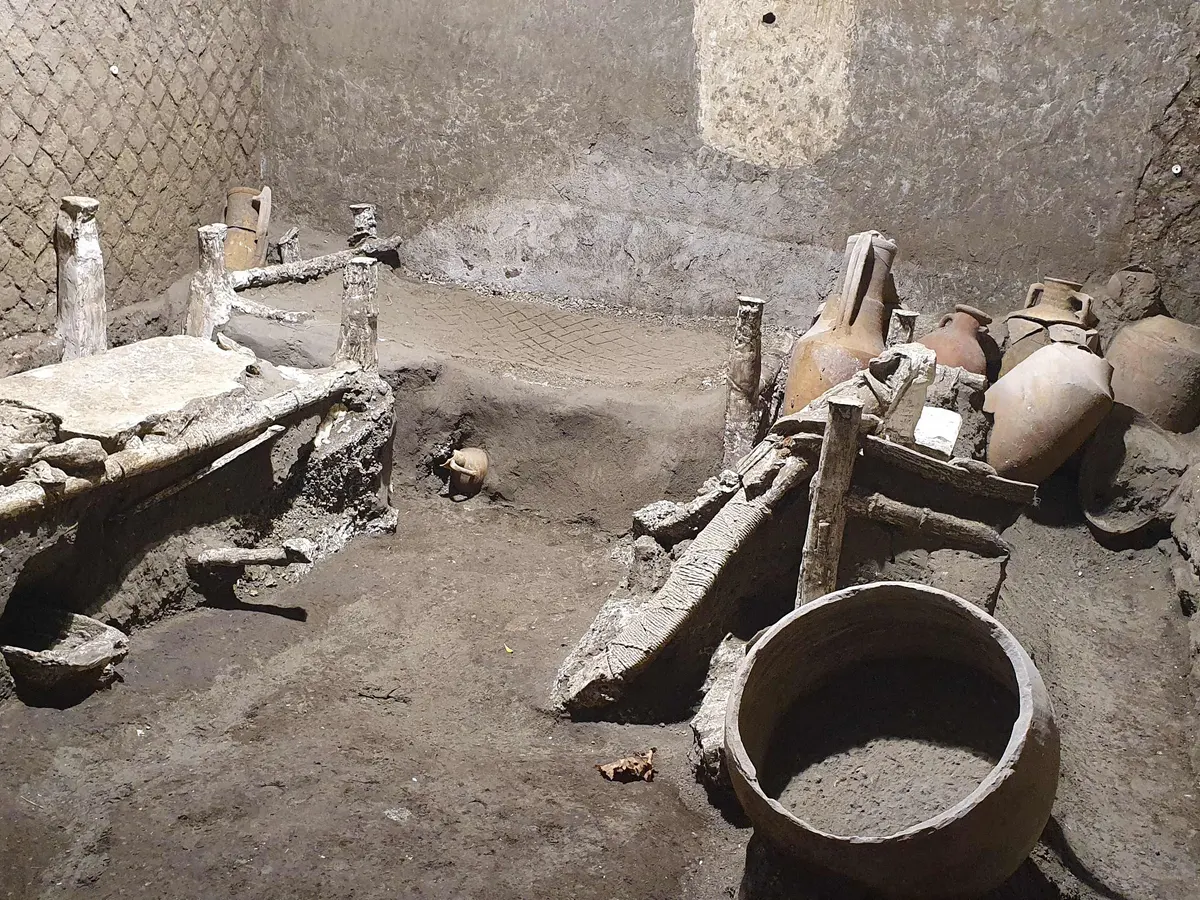
In the ancient city of Ephesus, the slaves’ jobs, clothing, and accommodation were provided by their masters, and they were also paid 1 Obolos per day. (Obolos is a currency unit and it is a silver coin weighing 0.73 gr.)
The price of this obolos value remained the same in the Classical period (450 – 330 BC) and the Hellenistic period (330 – 30 BC). The prices of slaves varied depending on changing economic conditions, sudden increases in supply and demand, gender, and abilities of the slave.
In the period of Homer (which means slave in Ancient Greek), where money was not yet invented and shopping was done as barter, the cost of a slave was 4 oxen.
In the time of Solon (640 – 559 BC), the cost of a slave varied between 20 and 100 drachmas, at which time the value of 1 kg of barley was 1 drachma. According to the calculation of Xenophon (430-354 BC), a miner’s slave costs 150 – 180 drachmas.
Demosthenes (384 – 322 BC) states that the carpenter slaves working in his father’s furniture factory were purchased for 200 drachmas, and the blacksmith master slaves working in his father’s shield factory were purchased for 500 drachmas, and the average slave price was 200 – 250 drachmas. Slaves with high skills have always had high prices.
We know from inscriptions and documents that in the 4th century BC, a doctor’s assistant was sold for 600 drachmas, a flute player for 1000 drachmas, and a hetaera (mistress) who could play kithara for 2000 drachmas. Ancient sources write that many well-known philosophers and artists were sold into slavery through stealing and kidnapping. Among them are PHAEDON, DIOGORAS, MENIPPOS, and PLATO. Plato was sold by a slave trader named Dionysus for 20 Mines = 2000 drachmas. (The state of Athens bought Plato.)
The prices of doctors, vase painters, sculptors, philosophers, and mistresses (Hetaera) were over 1000 drachmas. Unskilled female slaves were more expensive than unskilled male slaves.
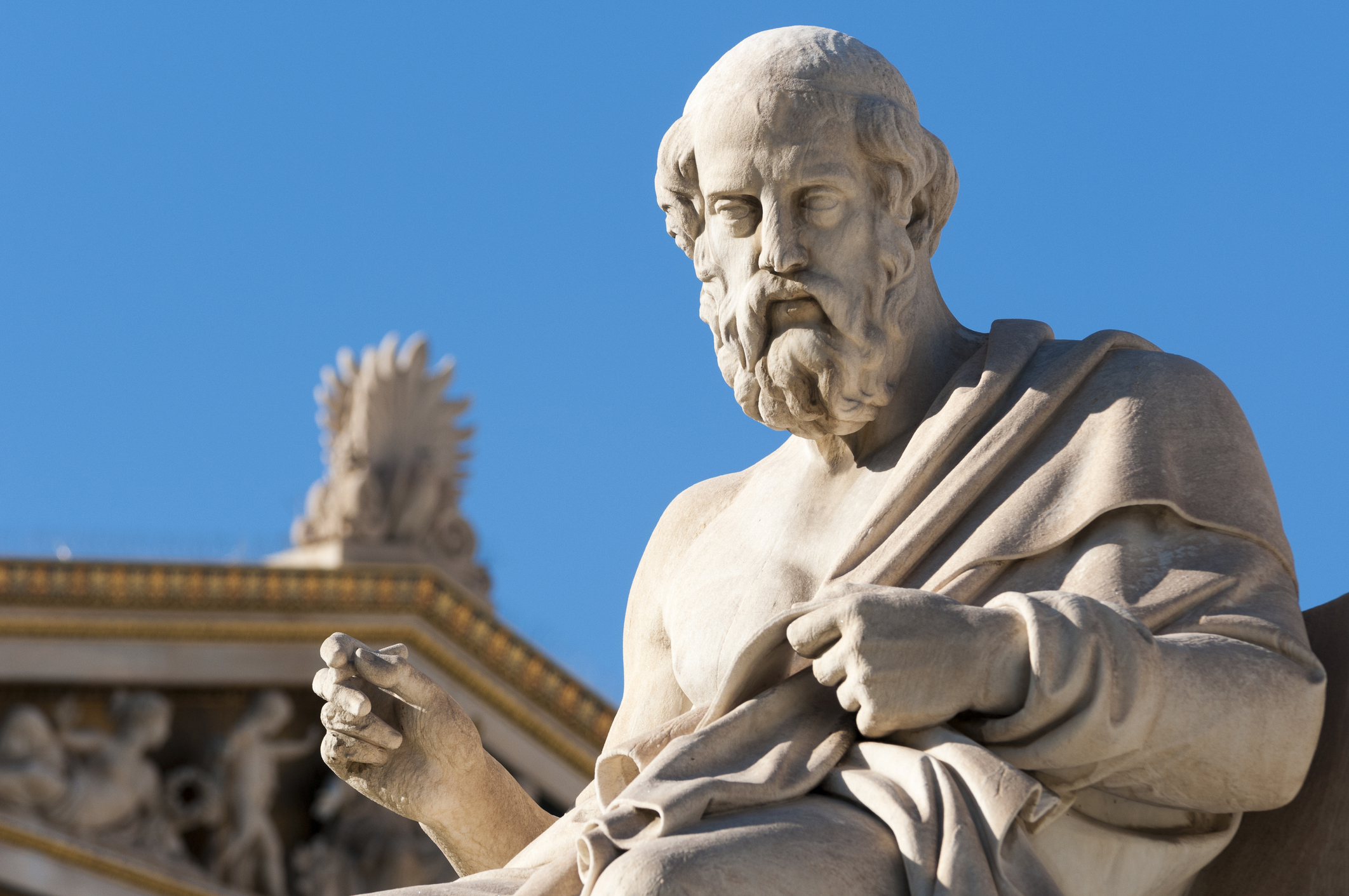
The well-known philosopher DIOGENES from Sinop became a slave of his own accord. While the population of the ancient city of Ephesus was 250,000, it is known that 60,000 slaves lived in the same period. We also learn from the inscriptions that rich Ephesian families owned a slave group of 200 people.
Slavery in Ephesus during the Roman period
Slavery was very important in the ancient city of Ephesus during the Roman period. Whether in the countryside or the city, slaves bore the economic burden of society. In Ephesus, slaves were acquired primarily by selling prisoners of war.
Apart from taking prisoners, stealing, and selling, it has been seen that those who are deserters or commit a crime are sold for money within 3 days. As an extreme but interesting example, Plutarch (he is known to give lectures in Ephesus) mentions that a father was sold by his son.
It has also been seen that those who could not pay their debts in the city or the countryside sold their wives and children as slaves in return for debt. Towards the end of the 4th century AD, it was frequently encountered that many people sold themselves as slaves due to poverty. Those captured in the war were immediately sold in Ephesus or the nearest slave centers (Sardis or Halicarnassus) under the supervision of QUESTOR (high-ranking officials in Roman times).
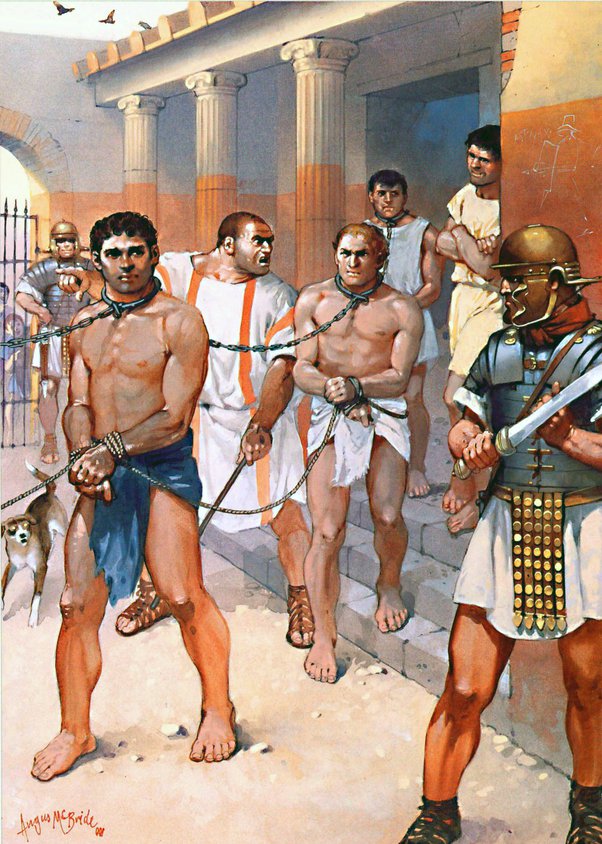
The slave trade became a very large volume of trade, especially in the 1st and 2nd centuries BC. The Cilician pirates were the ones who were engaged in stealing and selling people in the broadest sense.
The most well-known centers where Cilician pirates stole people and sold them as slaves were Delos, Phaselis, Side, Caria region, Ephesus and Sardis. The power, strength, beauty, and abilities of the slave were important in the sale of slaves. The slave, which was put up for sale, was taken naked on a coffee table called CATASTA and sold by auction.
The person who would buy the slave had the right to touch the slave and learn the skills of the slave. A plate called TITULUS was hung around the necks of the slaves put up for sale, indicating the place of birth, age, abilities, illness, or disability of the slave with it.
If the slave was brought from overseas, this was indicated by painting his feet white with plaster or chalk. The plague, which was very common in the Roman period of ancient Ephesus, was very feared. It was thought that those coming from overseas could carry this disease.
Slaves did not speak unless questioned. Slaves who did not have military service could be sold or rented for a certain period.
During the Roman period, Mysians, Phrygians, Lydians, and Carians were known as bad slaves in the ancient city of Ephesus. The Galians were in demand as horse-keepers, the Donauans as sheepherders, the Cappadocians, Syrians, Bithynians, and Germans as drink-bearers, the Boats, Numidians as companions, the Etophians as bath-maids, the Lydians and Phrygians as servants and protectors of their masters.
If the slave caused a loss in the Marketplace or his daily business, his master had to pay for the damage. Therefore, the masters wanted them to save the money they gave to their slaves.
Slaves were originally called by the name of their masters. For example, MARCIPOR (Marci-Puer), ie the Marquis’s slave. In the period when the city of Ephesus was powerful, it was called in legal terms, MARCI SERVA (like the servant of the Marquis). If the slave was sold or inherited, the master’s name would be SERVUS MARCIANUS with the suffix ANUS. Slaves always paid for their master’s displeasure with punishment.
The forms and methods of punishment were very different. The greatest danger to the master was that the slave thought of running away and taking revenge on his master. But the law made escape virtually impossible. Anyone who helped the slave escape or hid the slave was punished.
If the slave managed to escape and was later captured, he was often driven into the arena in front of wild animals. If the slave tried to take revenge on his master, the penalty was death with his entire family. The customary death penalty was executed by crucifixion.
The prices of slaves varied depending on their skills, beauty, and supply and demand. Slaves with artifacts who could read and write, and slaves who could play an instrument were sold for more expensive than unskilled slaves. A young slave woman in the 2nd century AD was worth 20 Aureus. (Aureus = Roman gold coin = 5 gr) The cost of musicians, vase painters, doctors, and architects who understood art was up to 60 Aureus.
The collapse period of the Roman empire also affected the ancient city of Ephesus economically. A.D. In the 3rd century, slave prices fell considerably. Even in the second half of this century, many people spontaneously preferred to be slaves due to poverty and hunger.
If we look at the Roman law and the inscriptions in the ancient city of Ephesus, the slaves were under the rule of the slave owners. By providing minimum living conditions to the slaves by their owners, they tried to get maximum efficiency from them. M.S. In the 2nd century, living standards have increased considerably.

We learn from sources that most of the slaves in this century knew Latin. M.S. Since the 4th century, under the influence of Christianity, changes have been made in the laws regarding slaves, and rights such as having a family, kinship, buying property, and joining a union have been given to the slaves.
However, Christianity could not ensure the complete abolition of slavery. The biggest factor in this is the economic conditions and the power of the rulers of the city of Ephesus. In other words, cheap labor is the oppressive activity of the administrative system.
Slaves could buy their freedom with the permission of their masters by accumulating the money (peculium) given to them. Sometimes it is seen that slaves were freed because of their loyalty to their masters. When the master freed his slave, he had to give his slave the economic needs to make a living under minimum conditions.
Most of the freed slaves settled in another house, visiting their former masters from time to time. However, whether the slave bought his freedom with the money he had saved or was freed by his master without charge, they were not given Roman citizenship but were included in the class of the freed.
Right next to the library of Celsus in today’s city of Ephesus, we see an imposing door opening to the port agora. This monumental gate was built in the north of Library Square when there was no library yet. We know that this gate, which was built as the Arc de Triomphe, was built by Mazaeus and Mithridates, who were the valuable servants of Augustus who worked next to the emperor Augustus and planned the daily work of Augustus.
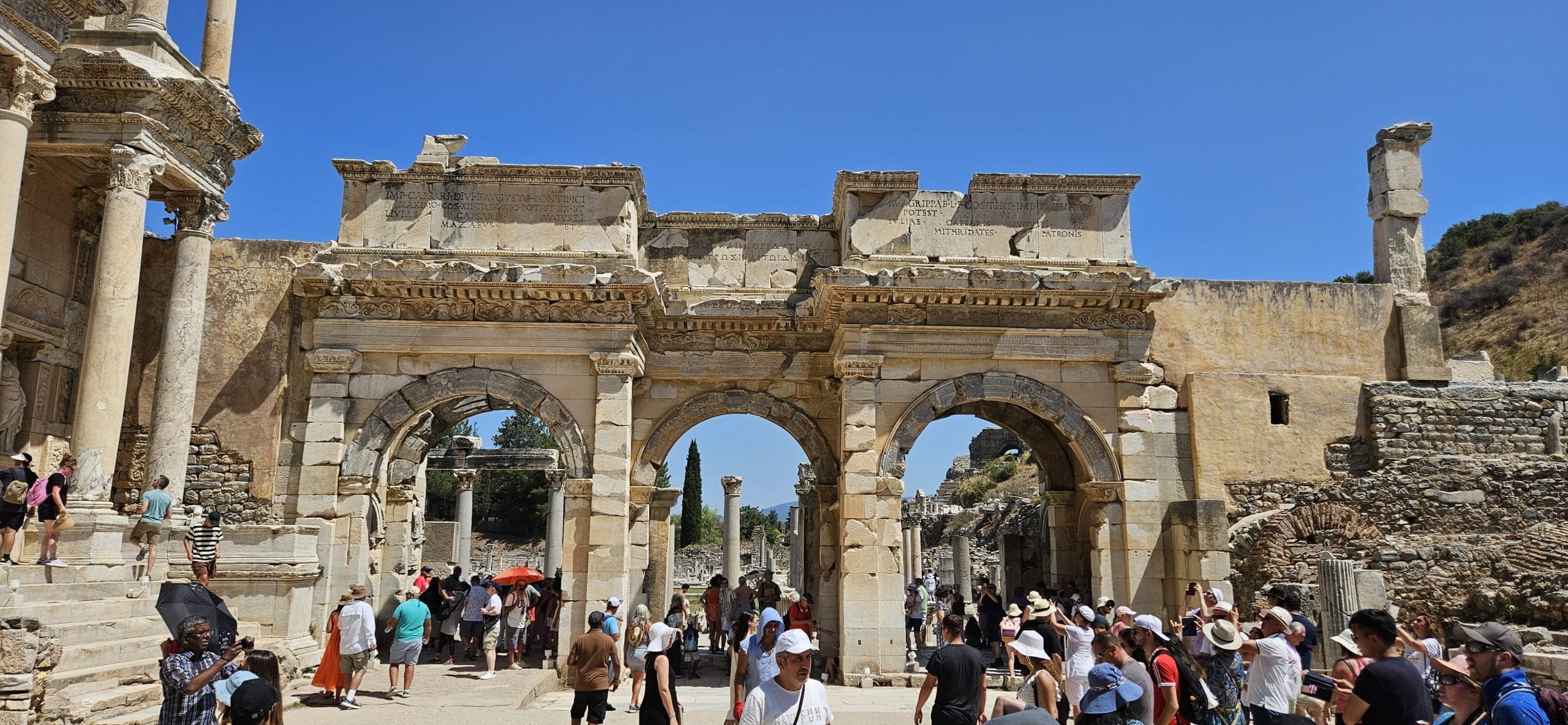
These servants were very honest and hardworking slaves, and we learn from the sources that these slaves were of Persian origin, doing business in the time of slavery, so they were very rich. According to the inscription, the door is the two slaves Mazaeus and Mithridates, freed by Emperor Augustus; BC Emperor Augustus, his wife Livia, his son-in-law Agrippa and his daughter Julia, who died at that time, had this monument built in 3 BC.
During the Roman period, especially during the Antonine period, many slaves gained their freedom with the money they saved in the city of Ephesus and passed into the class of those who were released. The freedmen often took the name of their master in their new life. The possibility of returning from this land after the slave was freed was eliminated with a decision taken by the Roman Senate in 56 AD.
In the ancient city of Ephesus, so many slaves were used in agriculture that a slave was assigned for almost every job. We understand this by naming slaves for the work they do.
For example, Domitor for field drivers, Occotores for land levelers, Runcarotes for grass trimmers, Messores for reapers, Tor-Tucularii for olive producers, Capulotores for coopers, Fassores for those who grow vine stumps, Sotores for those who support logs, Vitores for those who carry stumps, Pastinotoresmi for grapes, Pastinotoresmi for grapes, for example.
Those who carried the sacks of grapes were called Calcatores, those who carried the wines to the warehouses were called Phalangarii.

As a result of the enrichment of the Ephesians during the Roman Empire, the number of slaves working in the houses increased, and separate slave was used for all kinds of work in the house.
According to what we learned from ancient sources, A.D. 1-2. We know that the number of slaves in the rich houses of families reached 200 in the centuries.
We learn from the names given to the slaves working at home that they are named according to the work they do.
Atriensis the steward, Ianator the steward, Cubicyularii the servant, Ciniflones the maid of the house, Unctor the maid, Villicus the cook, the Structor the cook, the Analectae the ones who serve the table, the Ministri the servants awaiting his master’s orders at the table, the Pedisqui the companion who walks after his master on the road at night, Those who carried torches to light their way were called Lectarii.
During the Roman Empire, in the city of Ephesus, slaves were employed in stone, marble, and sand quarries, ceramic workshops, weaving looms, construction works, restaurant management, and animal husbandry, as well as domestic services. Such slaves were given 4-5 ModII wheat per month or money in exchange for a sleeping place, food, and clothes, for their masters. (1 Modius = Wheat measure, it was about 8.75 L measure)
According to many historians, the city of Ephesus, which lived its heyday in the 2nd century BC and went through turbulent periods in the following period, lost its importance as the mouth of the port, the city’s gateway to the world was filled with alluvium carried by the Kuçuk Menderes River. The city of Ephesus was devastated by the Dorian invasion. Afterward, the harbor was filled with alluvium carried by the river and lost its function.
Although the port was tried to be cleaned many times with the decrees coming from the Roman Empire in the 6th century, malaria arose in the city as a result of the port road turning into a swamp. After the earthquakes and Sassanid raids in 600 BC, life in Ephesus came to an end.
The city center was moved to Ayasuluk hill. As a result, the population of the city of Ephesus decreased a lot and gave intense immigration. However, in the city of Ephesus, slavery generally lost its importance. Because the Ephesians had lost their wealth and superiority in trade.
Please see our articles to learn about other important events in the ancient city of Ephesus and how important Ephesus was.


